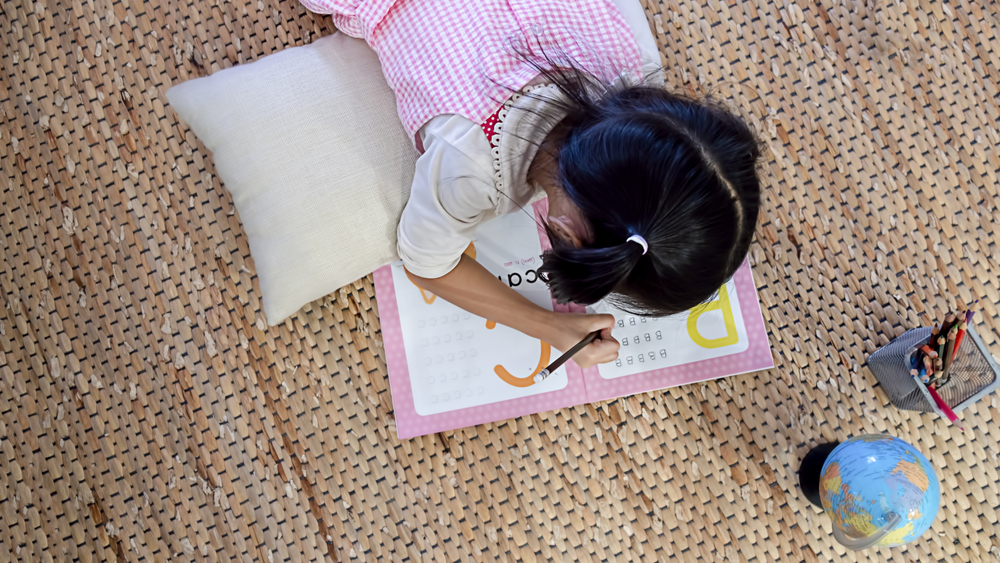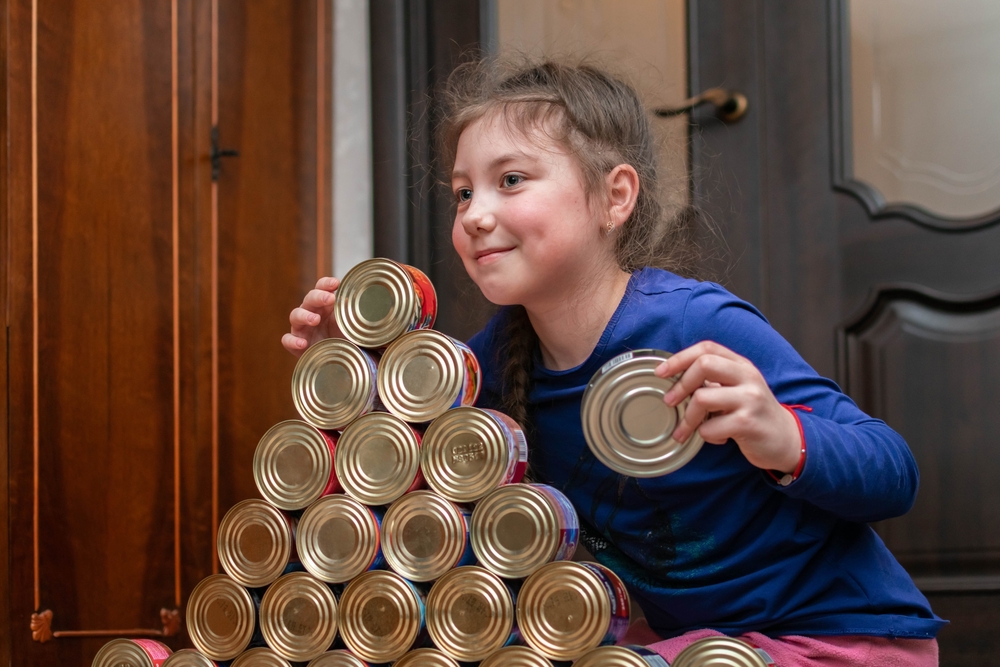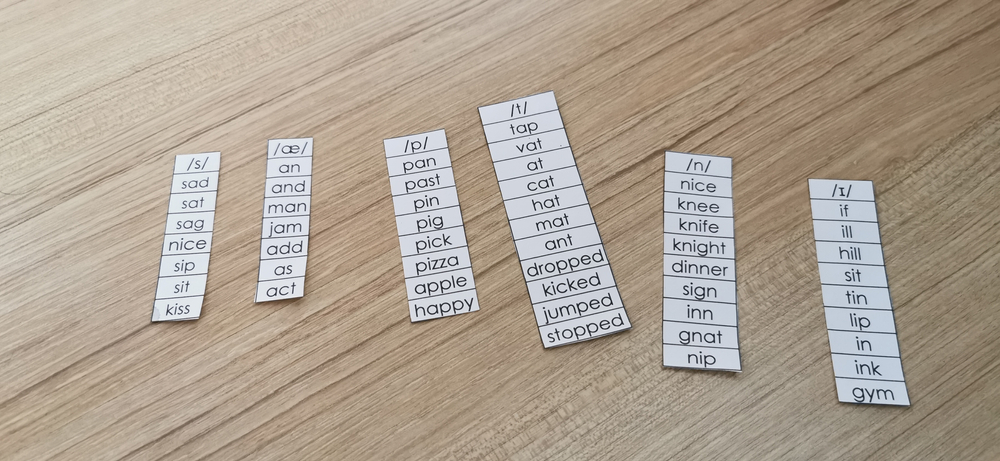
Literacy is important to success in high school and beyond. Statistics show that children who are reading below grade level in third grade are four times more likely to dropout of high school. Unfortunately, many children start school without the proper preparation to learn to read. More than one in three children begins kindergarten without the necessary skills for reading.
Preparing children for their literacy journey is fundamental to helping them succeed. Reading is important for learning, but it’s necessary for life, too. Helping kids read isn’t difficult and it can even be fun. Here are the essential tools parents need for helping kids read and preparing them for kindergarten and their later reading adventures.
- Age-appropriate reading materials
- Paper & writing tools
- Everyday objects for a letter of the alphabet
- A library card
- Imagination
- Patience
Essential Tools for All Income Levels
Times are tough for many parents. Rising inflation has caused the price of everyday necessities to soar, and the price at the pump also is crimping the budget of many households. Helping kids read doesn’t have to be an investment. Instead, many tools can be found around the house. A little creativity, imagination and a healthy dose of patience is a major requirement, though.
Parents should try to give themselves grace and do what they can do. There are many objects and items around the house that can be used to help children prepare for their reading journey.

Age-Appropriate Reading Materials
Some families have many books for their children, but many households simply don’t have many reading materials for children to use to learn to read. However, books aren’t the only material or medium that children can use to learn letters and words.
Parents can use other age-appropriate materials. Comic books, greeting cards, thank you notes, magazines, and newspapers all can be used to help children sound out words or just learn letters.
For preschoolers, finding items that help them learn their alphabet and the sounds of each letter can be helpful. Greeting cards offer very little text, but many are specifically written for children.
Newspapers might not seem ideal for children, but parents can use sections that are kid-friendly (like the entertainment section or the comics). In fact, the comics section of the daily newspaper can be fun for younger readers to use to practice their reading. Some newspapers are distributed free of charge.
Many neighborhoods offer free little libraries. These are small boxes (that look almost like a mailbox) that are filled with books. Neighbors can borrow books from these libraries and return them when they are finished with the book. Little libraries often have books for children.
Paper & Writing Tools
To prepare preschoolers for their kindergarten reading journey, parents can work on letter identification and sounds. To practice the alphabet, parents can create flashcards using any paper around the house. Even lined notebook paper works.
Flash cards don’t have to be fancy or intricate. They don’t need to be created from card stock. Just write each letter of the alphabet on a sheet of paper, shuffle them up and work with children everyday to master their letters. Be sure to teach them the alphabet in order, too.
Parents also can use notebook paper to make a match game to help with letter identification. Cards can be made from any paper; make two cards for each letter of the alphabet (both the uppercase and lowercase). Shuffle the cards, place them face down in any arrangement. Take turns flipping cards to make matches. Be sure to encourage children to say each letter when they flip the card.

Everyday Objects Help with Reading, Too
There are so many items in the home that parents can use to help children learn to read. For example, canned goods include the name of vegetables or fruit. Use these to teach children easy words like ‘beans,’ ‘corn,’ ‘carrots,’ etc.
Think about other objects around the house that can be used to help children correlate letters to objects. E for egg. B for banana. A for apple.
Even store receipts or advertisements typically include easy text. Older children can read store receipts, recipes while helping parents cook or grocery lists.
Let Children Have a Library Card
Some families live close to the public library. Others, though, might not be so close. For those who are able to visit their library, use this free public resource to help children find reading materials.
Let children have their own library card; this can be a really exciting privilege for them. Typically, public libraries offer a children section. Let children explore this area and look at the different books. While parents might want to choose the books for their child, let children have the power to choose.
Libraries offer a free story time for certain ages. This is a great way for preschoolers to meet other children their age and listen to new stories, too. In addition, some libraries also include crafts or other activities at story time events.
Parents who don’t have easy access to a public library also could find inexpensive books at local thrift stores or at garage sales.

Embrace Imagination
Helping kids read doesn’t just have to include books and written materials. Parents can encourage children to draw pictures and create wordless books.
These books include a title and pages of pictures; children have to make up the story to narrate the pictures on the pages. This requires naming the characters, creating a plot and deciding on an appropriate way to end the story, too.
While wordless books don’t teach children to read in a traditional sense, they can help children understand how stories are arranged. They are also a great way to foster a child’s creativity and imagination. Wordless books can change each time they are read.
Puppet shows are another way to teach children about creating a story with a beginning, middle and an end. Again, this isn’t a traditional way to learn to read, but it does help children understand story creation and design.
Be Patient on the Journey
Teaching a child to read or helping a child who struggles with reading can be difficult for parents at times. Some children might catch on to sounds and letters quickly, but others might need to review over and over again.
One of the best tools parents can have while preparing children to learn to read is to just be patient. Don’t push children beyond their ability. If parents are losing their cool, it’s ok to stop the lesson. Try again later or push off reading lessons for another day.
Sometimes children don’t feel well, maybe they are overly tired or perhaps parents had a long day. Know everyone’s limits. Reading should be fun, and if the lessons or exercises become too rigid or stressful, children might shut down.
Parents also shouldn’t expect preschoolers to catch on immediately. Yes, they could master letters and sounds quickly. Not all kids have an easy time with phonics, though. Break instruction into short lessons. Mix in games or activities, as children can learn through play.

Bonus: Work on these Skills, Too
Parents can move past the basics of letter identification or sounds when children demonstrate mastery. One of the expectations for kindergarten is that children will need to learn a list of sight words; typically, these lists will be a requirement for several years in early elementary school.
Children who are easily mastering sounds, letters and other early reading skills can move onto memorizing a list of kindergarten sight words. Use the Dolch list as a reference; in fact, GreatSchools offers a list of kindergarten sight words.
Use the site’s list to create flashcards to help children identify and master the words. Parents also can create a sight word match game. Just make two cards of each word, mix up the cards and place them face down. Then take turns choosing two cards to make matches; encourage children to say the word when they flip the card.
Take children on a sight word scavenger hunt, too. Use the kindergarten list as a reference. Have children mark off sight words they find on errands at the store or anywhere. Children will have fun hunting for these words with parents.
The Easiest Tool: Read Every Single Day
The best way to prepare young children to read is to create a reading habit. Preschoolers will begin to learn the basic skills for reading, but parents can read stories to them each night. Talk to children about the books as parents read aloud.
Ask questions related to the w/h questions (who, what, where, when, why and how). Ask children about characters and if they liked the story. See if children can guess what will happen next.
Try to expose children to a variety of books or reading materials. Parents, though, might lack access to age-appropriate books. Try to use what’s available. Read age-appropriate stories from newspapers or magazines. Create wordless books.
Not all families have the option to visit the library. Not all parents have a bookshelf filled with books for their child. Parents can only do the best they can do; use the materials that are available. Use paper from around the house to create flashcards or other enrichment tools. Even canned goods can be a source of reading practice.
Reading can come easily to some children, but, for others, reading can be a challenge. Understand that patience can be the most important ingredient to helping children. Teaching children can feel overwhelming, and if parents feel stressed, it’s ok to take a break or even review another day.

 Español
Español